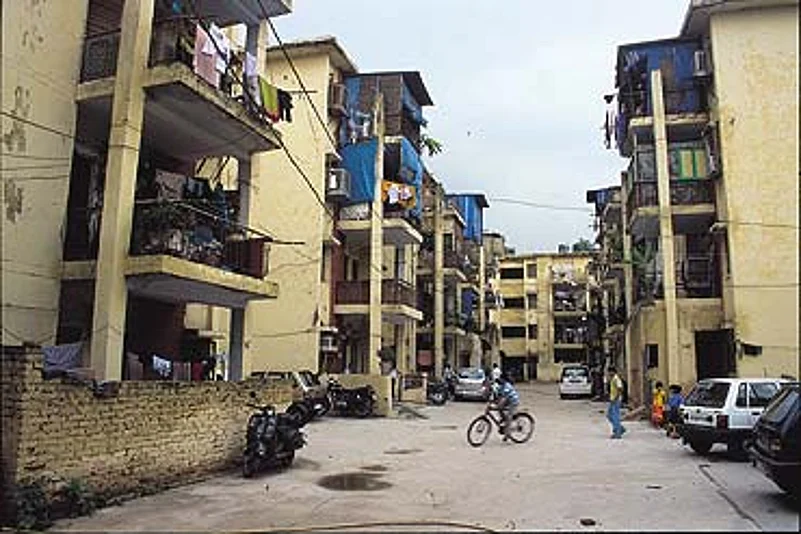

In the daytime glint of steel and mirrored glass, and the nightly blaze of neon, I feel unfocused and lost. There's a nagging feeling that I belong to another time. The old definition of architecture as a place for rest and comfort doesn't hold anymore. Building is no longer space, but a technological device. The better building is the one with more steel and glass, more wiring, more generators, bigger parking lots, faster elevators. There is little need to worry about verandahs and courtyards when the sun's heat on ten stories of laminated glass can be easily offset by a 2,000-tonne chilling plant. Weighed against the messy grime, and the peeling commerce-blemished walls of the municipal market, it is a choice few even consider.
American architect Louis Kahn, who designed the Indian Institute of Management in Ahmedabad, called architecture the thoughtful making of spaces. Le Corbusier called it the masterly, magnificent play of forms brought together in light. As a student of architecture 25 years ago, I never doubted it was anything but that. Utopia was not a distant vision but a six-week project. As a practicing architect now, my vision has narrowed. I know the price of marble, the rates for designer bathroom accessories. I know the grease money required to sanction drawings with the municipal authority. I talk passionately of mud buildings and the needs of the rural poor, but I do precisely the opposite. And I build for free because I know that I can collect my five per cent fee from the contractor.
















